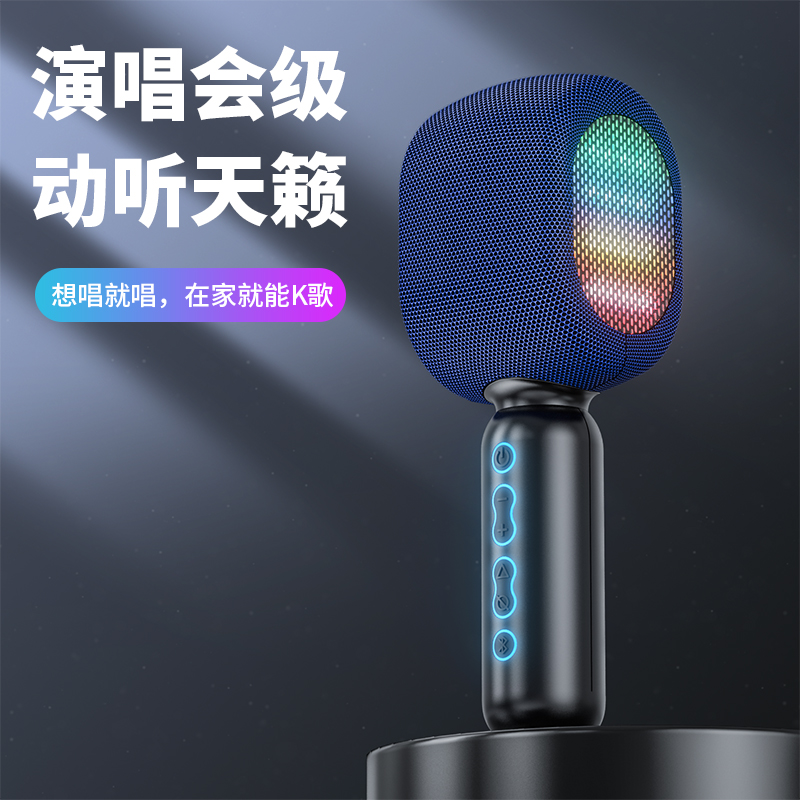
时间:2024-04-17
In the context of modern technology,Microphone speakerIt has become an indispensable part of our daily lives. From professional recording studios to home theaters, from live concerts to video conferences, microphone speakers play a crucial role. But have you ever thought about how microphones capture sound? How is sound converted into electrical signals? In this article, we will delve into the working principle, different types, and application scenarios of microphone speakers.
Working principle
A microphone is a sensor that converts sound into electrical signals. The basic principle is to use sound pressure fluctuations to cause changes in the internal sensing elements (such as capacitors or electrodes), thereby generating current or voltage signals. This process can be simply described as the conversion of sound energy into electrical energy. Different types of microphones use different working principles, including dynamic microphones, condenser microphones, and electromagnetic microphones.
Different types of microphones
Dynamic Microphone: This is one of the most common types. It uses a continuous conductor coil and a fixed magnet to generate electrical signals. Sound vibration causes the conductor coil to move in a magnetic field, thereby generating an electrical signal. Dynamic microphones are usually inexpensive and have good durability and robustness, making them suitable for environments such as live performances.
Condenser Microphone: This type of microphone utilizes the influence of sound on capacitors. It includes a fixed capacitor and a vibrating film. When sound waves enter the microphone, the membrane vibrates and changes the charge of the capacitor, generating an electrical signal. Capacitive microphones typically provide a wider frequency response and higher sensitivity, making them suitable for professional settings such as recording studios and broadcasting.
Ribbon Microphone: This microphone utilizes the influence of sound on a thin metal strip. Sound waves cause the metal strip to vibrate, generating electrical signals. Electromagnetic microphones typically have warm and soft tones, making them suitable for applications such as music recording and broadcasting.

Application scenarios
Microphone speakers play an important role in various scenarios:
Music recording and performance:Professional recording studios and concert venues use high-quality microphone sound to capture the details and emotions of music performances.
Video conferencing and voice calling:In remote communication, microphone speakers are used to capture the user's voice and transmit it to remote participants.
Television and radio:Microphone speakers are a crucial component of television and radio programs, used to capture the voices of hosts, actors, and guests.
Education and Training:In the field of education, microphone speakers are used for lectures, training, and online courses to ensure clear sound transmission.
Overall, by understanding the working principle, different types, and application scenarios of microphone speakers, we can better appreciate the importance and diversity of this technology. Whether in professional fields or daily life, microphone speakers play a crucial role in providing us with clear and vivid sound experiences.

Telephone
Customer service
TOP